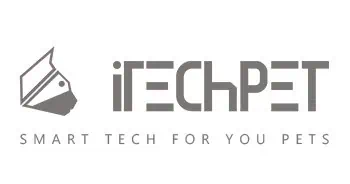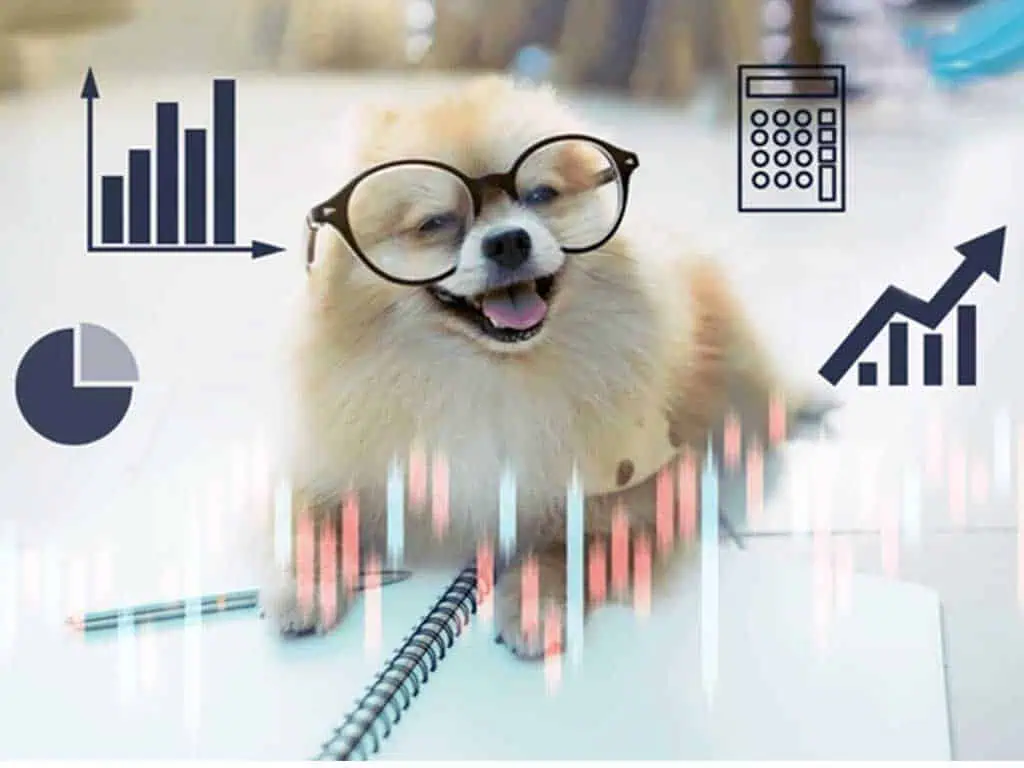
Introduction
When we look at pet data in the United States, the numbers tell a powerful story about how deeply animals are integrated into family life. In 2025, about 66% of American households — roughly 86.9 million homes — own at least one pet, according to Forbes Advisor. This represents decades of steady growth, climbing from 56% in 1988 to today’s high levels.
What stands out is not only how many pets Americans own, but also how they are cared for, how much is spent on them, and the sacrifices people make to keep them healthy and happy. The American Pet Products Association (APPA) notes that more than 97% of pet owners consider their pets family members. That emotional connection drives massive spending, adoption patterns, and lifestyle changes, all of which show up in the latest statistics.
In this report, we’ll look at who owns pets, which animals are most popular, where pets come from, and how much money is spent every year. We’ll also explore insurance growth, financial challenges, generational differences, lifestyle sacrifices, and health concerns like obesity.
Table of Contents
U.S. Pet Ownership at a Glance
Forbes Advisor’s breakdown shows that:
- 66% of households in the U.S. own a pet (86.9 million homes).
- Dogs remain the most popular companion, found in 65.1 million households.
- Cats are close behind at 46.5 million households.
- Other popular pets include freshwater fish (11.1 million households), small animals like rabbits and hamsters (6.7 million), and birds (6.1 million).
The ownership trend also reflects a generational divide:
- Millennials lead at 33% of pet owners.
- Gen X makes up 25%.
- Baby Boomers account for 24%.
- Gen Z, though smaller in percentage, is quickly growing, especially with smaller pets and exotic breeds.
The American Veterinary Medical Association (AVMA) adds that ownership is spread across all age groups, but younger owners are more likely to treat pets like children — celebrating birthdays, buying clothing, and purchasing premium food. Older generations, on the other hand, focus more on health care and stability.
Popular Pets in the U.S.
The hierarchy of pet ownership in America is clear: dogs dominate, followed by cats, then smaller animals and birds.
Table: Popular Pets by Household
| Pet Type | Households (millions) |
|---|---|
| Dogs | 65.1 |
| Cats | 46.5 |
| Freshwater Fish | 11.1 |
| Small Animals | 6.7 |
| Birds | 6.1 |
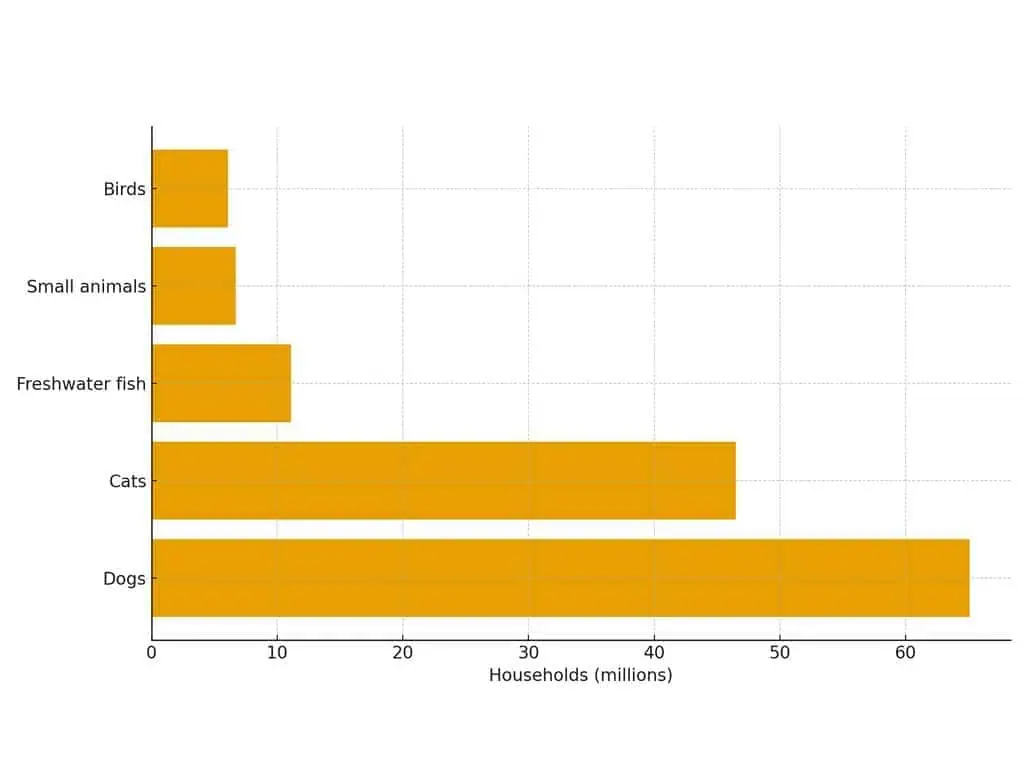
Dogs remain the top choice due to their companionship, loyalty, and protection. Cats are favored by those who want independent pets that fit well in apartments or with busy lifestyles. Fish and birds often appeal to families seeking low-maintenance pets, while small mammals like rabbits or hamsters are especially popular among younger owners and families with children.
The APPA’s 2024–2025 survey confirms these patterns and adds that ownership of exotic animals and specialty pets is growing fastest among Gen Z, particularly in urban areas.
Where Pets Come From
Forbes Advisor also reveals how Americans are getting their pets:
- 42% of dog owners and 43% of cat owners said they obtained their pets from stores.
- 38% of dog owners and 40% of cat owners adopted from shelters or rescues.
- 23% of dog owners and 7% of cat owners reported buying their pets from breeders.
Housing plays a major role in ownership rates:
- 58% of homeowners own a dog, and 36% own a cat.
- By comparison, only 39% of renters own a dog, and 29% own a cat.
- Rural areas lead the way, with 71% of adults owning pets and nearly half (47%) reporting multiple pets. Suburban households follow at 32%, while urban homes trail at 26%.
The AVMA confirms these patterns, emphasizing that rental restrictions and rising urban housing costs are major barriers to pet ownership. Rural residents, with more space and fewer restrictions, are naturally more likely to keep multiple animals.
Spending on Pets in the U.S.
One of the most striking pieces of pet data is how much money Americans are willing to spend. In 2022, U.S. households spent a record $136.8 billion on pets — a jump of 10.7% from $123.6 billion in 2021. Over a five-year span (2018–2022), total spending surged by more than 51%.
Breakdown of Pet Spending
- Food & treats: $58.1 billion
- Supplies, live animals, OTC medications: $31.5 billion
- Veterinary care: $35.9 billion
- Other services (boarding, grooming, training, insurance): $11.4 billion
Annual Pet Care Costs by Household Type
Households With Dogs Only
- Food: $339
- Veterinary Care: $367
- Toys: $79
- Grooming: $99
- Other: $28
- Total: $912
Households With Cats Only
- Food: $310
- Veterinary Care: $253
- Toys: $50
- Grooming: $18
- Other: $22
- Total: $653
Households With Dogs & Cats
- Food: $321
- Veterinary Care: $311
- Toys: $83
- Grooming: $64
- Other: $28
- Total: $807
The APPA projects that total U.S. pet spending will surpass $150 billion by 2025, fueled by growth in premium products, veterinary innovation, and lifestyle services like daycare and grooming.
Health and spending are closely linked. The Pet Obesity Association reports that 55% of dogs and 59% of cats in the U.S. are overweight, which directly contributes to higher veterinary bills and increased demand for prescription foods and specialized care.
Pet Insurance in the U.S.
One of the biggest shifts in recent years is the rise of pet insurance. As of 2022, more than 4.8 million pets in the United States were insured — a 124.9% increase since 2018.
Why Owners Avoid Insurance
Despite growth, most pet owners still don’t have coverage. A Forbes survey revealed the top reasons dog owners said they would not be buying pet insurance in the next three months:
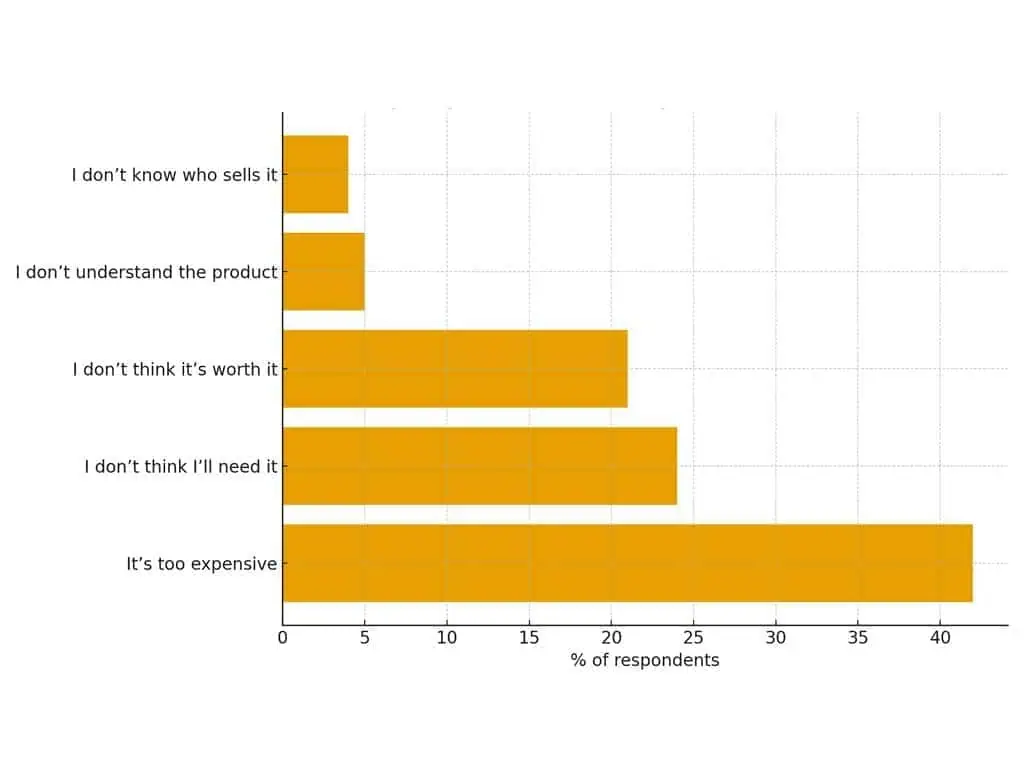
| Reason | % of respondents |
|---|---|
| It’s too expensive | 42% |
| Don’t think I’ll need it | 24% |
| Don’t think it’s worth it | 21% |
| Don’t understand the product | 5% |
| Don’t know who sells it | 4% |
Affordability remains the biggest challenge. The North American Pet Health Insurance Association (NAPHIA) reports that average monthly premiums for dogs range between $53–$60, while cats average $32–$35.
Veterinary Costs and “Unaffordable” Bills
When asked what level of surprise vet bill would be considered “unaffordable,” responses showed how fragile many budgets are:
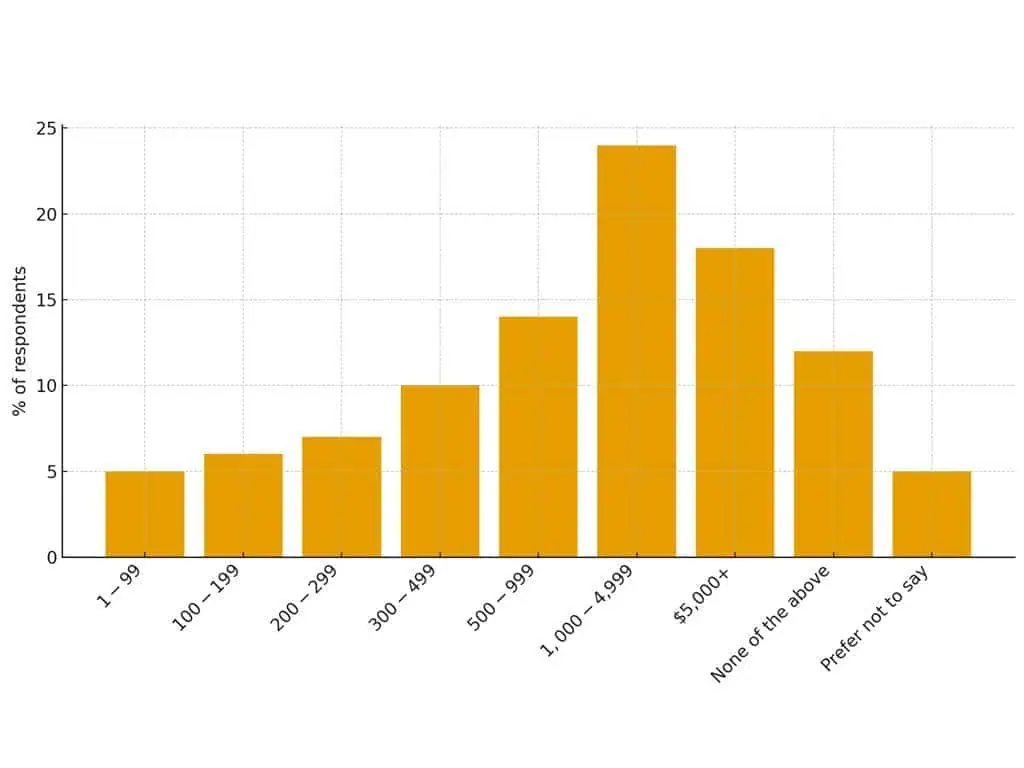
| Vet bill amount | % of respondents |
|---|---|
| $1 to $250 | 10% |
| $251 to $500 | 20% |
| $501 to $1,000 | 23% |
| $1,001 to $1,500 | 17% |
| $1,501 to $2,000 | 7% |
| $2,001 to $3,000 | 7% |
| $3,001+ | 14% |
| Prefer not to say | 3% |
The AVMA notes that routine exams cost an average of $242 for dogs and $178 for cats, but emergency care often runs $1,000 or more — matching these survey responses.
Real Costs and Challenges of Dog Ownership
Owning a dog is rewarding but costly. Forbes Advisor estimates core dog expenses average $1,533 per year, covering essentials like food, vet visits, toys, and grooming.
Owners also reported common challenges:
- Cleaning up after pets (27%)
- Finding care while traveling or working (26%)
- Training (25%)
- Cost (24%)
- Barking or whining (24%)
Notably, 54% of dog owners admitted to having some regrets about ownership, citing financial stress and time commitments as major factors.
Lifestyle Sacrifices Pet Owners Make
Pet ownership often shapes life decisions:
- 39.3% lived on a tighter budget to afford pet costs.
- 14% moved to a larger home with a yard.
- 7.5% stayed in an unsatisfying job because it was remote or pet-friendly.
- 6.8% ended a relationship due to pet conflicts.
- 5.3% accepted a lower-paying job for pet-friendly benefits.
- 4.6% left a job they liked for one that allowed remote work with pets.
Remote workers often mention the need for monitoring tools, which explains the popularity of devices such as the Furbo 360° Dog Camera.
Generational Insights
Generations approach pet ownership differently:
- Millennials (33%): Largest share; high spending on toys, premium food, and accessories.
- Gen X (25%): More balanced, focus on medical care and long-term stability.
- Baby Boomers (24%): Spend most on veterinary care; less indulgent.
- Gen Z: Growing fastest; most likely to buy pet clothing, celebrate birthdays, and use daycare/training services.
The APPA confirms younger owners embrace “pet parenting,” treating animals like children more than previous generations.
Health and Obesity in U.S. Pets
The Pet Obesity Association reports 55% of dogs and 59% of cats in the U.S. are overweight or obese. This increases risks of diabetes, arthritis, and shortened lifespans.
Veterinary costs linked to obesity can be steep, including prescription food that costs two to three times more than standard diets, plus long-term treatment for chronic conditions. The AVMA stresses prevention: proper diet, exercise, and regular vet checkups.
Final Thoughts
If you’re fascinated by how modern pet trends shape ownership habits in the U.S., you’ll love exploring the tools that make everyday care easier. One standout innovation is the Shernbao Dog Hair Dryer — a high-velocity grooming essential that keeps coats healthy and comfortable year-round. It’s a perfect example of how smart pet technology continues to redefine grooming convenience for owners nationwide.
The pet data for 2025 highlights the joys and realities of pet ownership in the United States. With 66% of households owning pets, the industry is massive, influencing everything from housing choices to job decisions.
Yet with joy comes responsibility. From rising costs to health concerns, owners are reminded that pets are not just companions but long-term commitments. For those considering a pet, planning, budgeting, and awareness are essential.
Sources
North American Pet Health Insurance Association (NAPHIA) – Pet Insurance Data Reports
Forbes Advisor – Pet Ownership Statistics 2025
American Pet Products Association (APPA) – National Pet Owners Survey 2024–2025
American Veterinary Medical Association (AVMA) – Pet Ownership and Demographic Data
